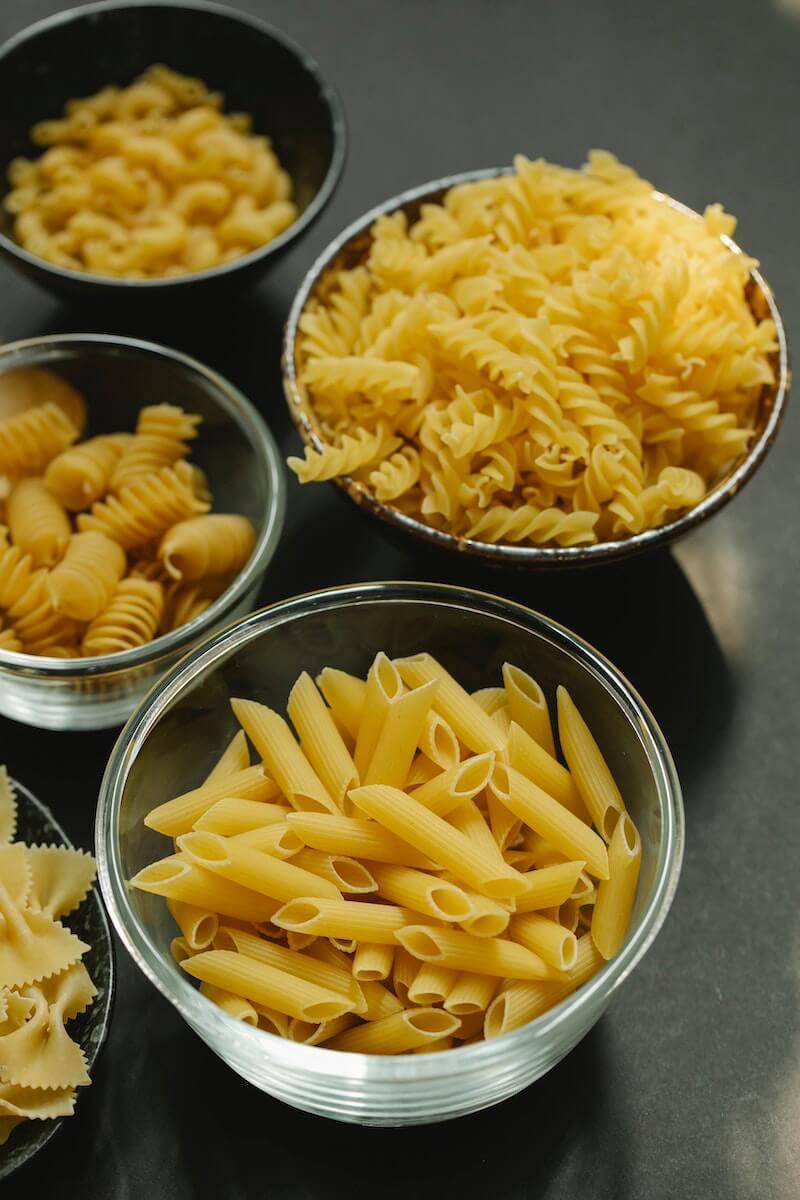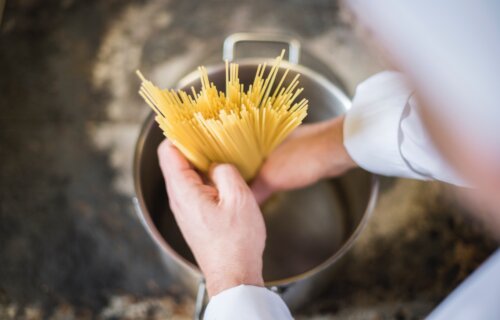COLUMBIA, S.C. — We finally have an answer to one of life’s greatest mysteries: what’s the best way to cook pasta? It turns out the first step to cooking a delicious pot of pasta is preventing table salt from chemically reacting with disinfectant chemicals which may be in your tap water.
Of course, this science experiment had a bigger goal than just creating the next Chef Boyardee. The researchers wanted to examine how table salt interacts with chloramine-treated drinking water. Most countries, including the United States, have tap water treated with chlorine or chloramine before it enters kitchen or bathroom faucets. These chemical compounds act as disinfectants to eliminate deadly germs from the water supply. However, there is a chance that small amounts of these disinfectants remain in the water when people use it for cooking.
The focus on chlorinated water and table salt comes from prior studies finding dangerous substances can form when you mix these two together. One experiment found that when heating wheat flour in tap water containing residual chlorine and iodized table salt, it creates harmful iodinated disinfection byproducts. However, this experiment and other chemistry research have never examined the combination of real food and at-home cooking conditions. The findings could help many home cooks prevent chemical contamination of their meals.
The team boiled elbow macaroni in tap water containing chloramine and salt. The first test involved cooking the pasta according to the package’s directions. As the experiment progressed, the team dabbled with other cooking conditions and different types of salt. After simulating different cooking scenarios, the researchers measured the amounts of six iodinated trihalomethanes, potentially toxic compounds, in the food and leftover pasta water.
Both the cooked food and the pasta water showed signs of all six iodinated trihalomethanes. However, the concentrations of each toxic byproduct differed depending on how the dish was prepared.

Does this mean you shouldn’t use tap water for cooking?
Not exactly. The team found four ways to lower your risk of having contaminated byproducts in your noodles.
First, pasta should boil without a lid. Boiling without a lid lets vaporized chlorinated and iodinated compounds leave the food and water. The second way is to strain your noodles from the water they’re cooking in to remove most contaminants.
You should also add iodized table salt after cooking the pasta to lower your risk of byproduct formation. Lastly, if you insist on boiling your pasta in salted water, opt for iodine-free salt options like kosher salt and Himalayan salt to avoid harmful chemical reactions.
The study is published in the journal Environmental Science & Technology.

